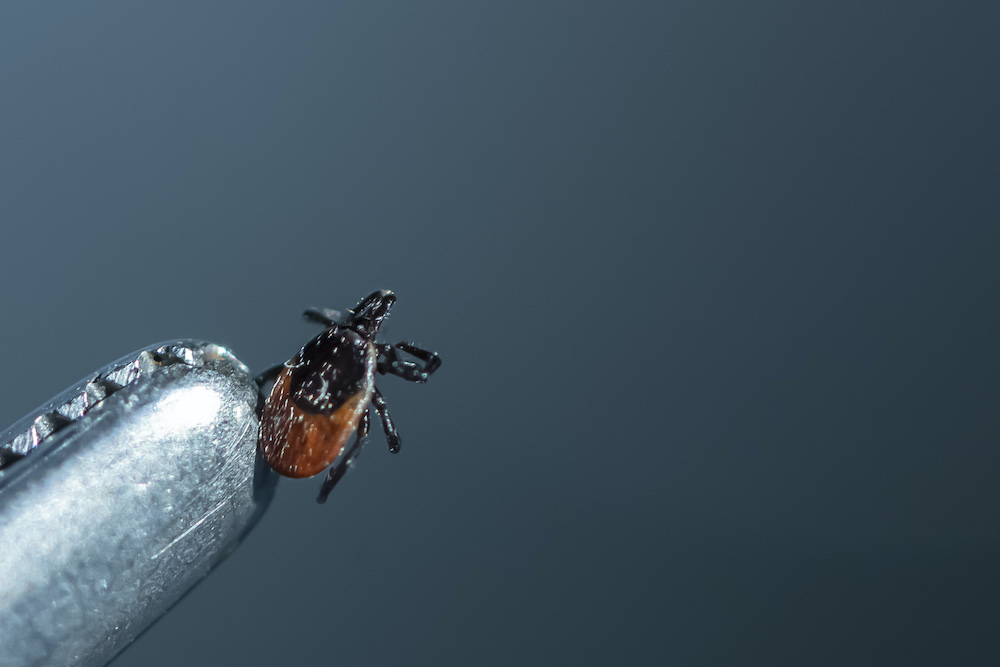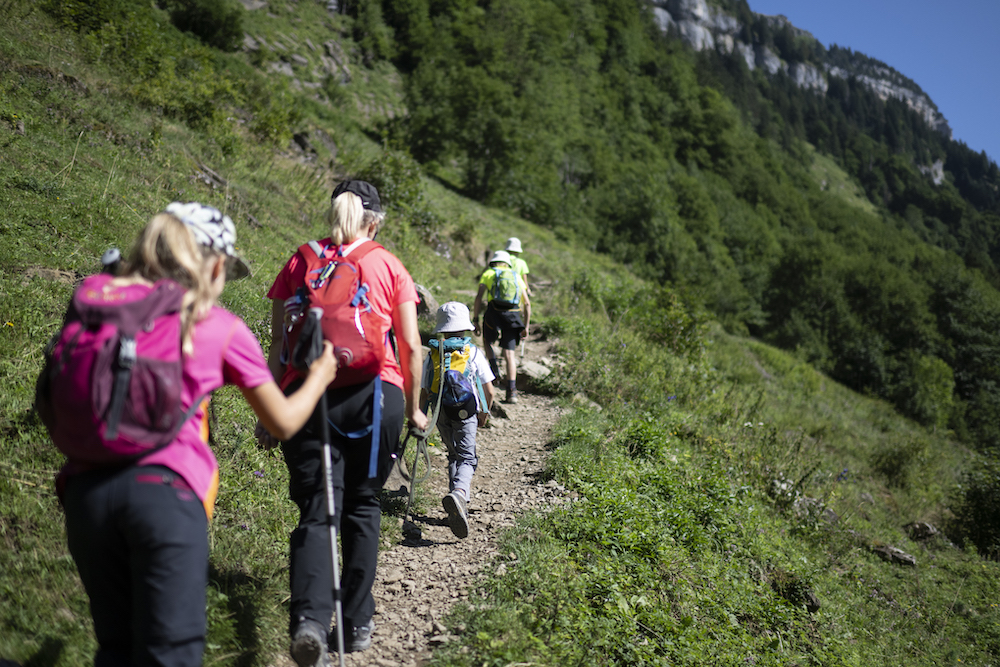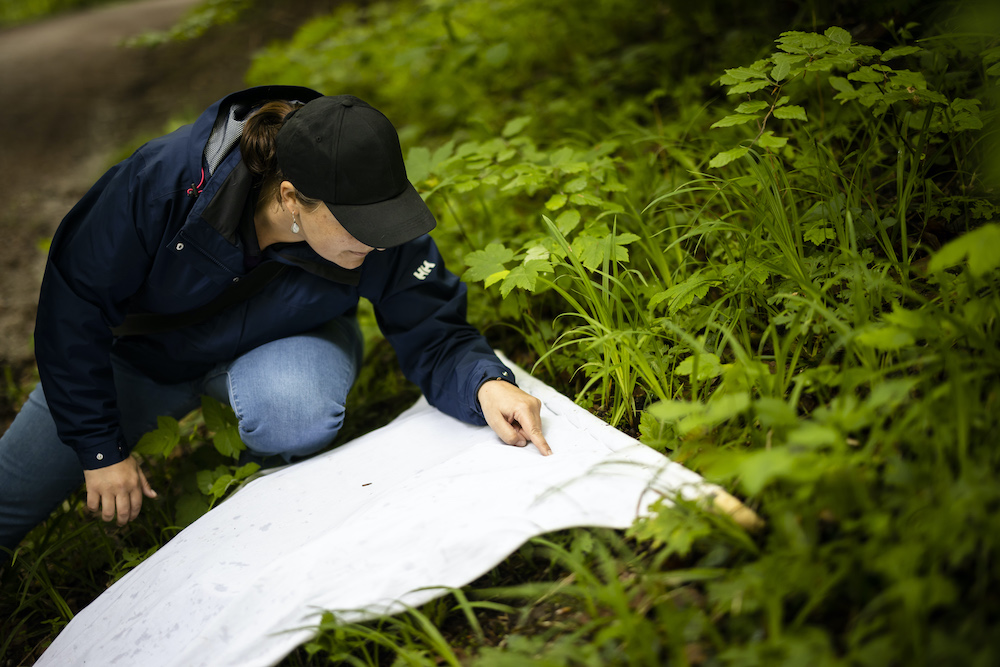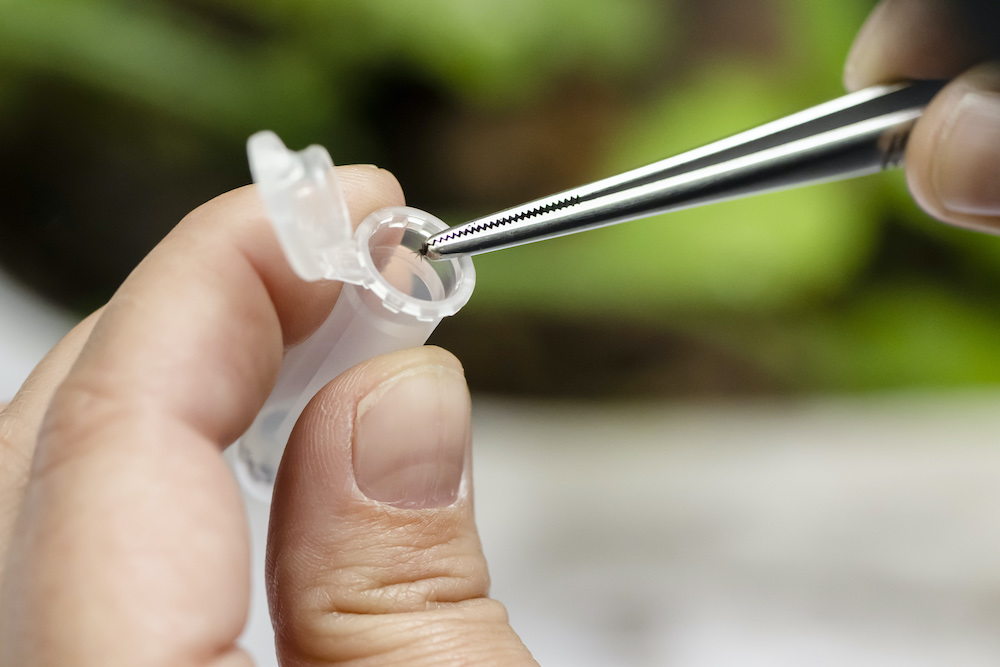الجمعة، مايو 26 مايو 2023

For decades, Switzerland has been welcoming visitors from all over the world desperate to release their inner Heidi by hiking the pristine Alpine scenery, consuming cheese fondue and yodelling out of tune in the pure mountain air. There is one regular visitor however, that the country would rather do without.
Underneath the chocolate-box landscapes, amongst the pretty chalets and bell-toting cows, there lurks Switzerland’s least-known and perhaps most ferocious predator – Ixodes ricinus or the tick to you and me.
This blood-sucking acarian has found an ideal climate in the gently rolling hills of Switzerland’s Central Plateau where, from March to November, the warm temperatures, regular rainfall and constant supply of tasty hikers’ legs make it the perfect place for them to holiday with unwilling hosts, spread disease and multiply with locust-like frequency.

Ticks thrive near wooded areas, in the undergrowth and around forest clearings. They can also be found swinging nonchalantly on blades of grass and bushes, near rivers, along roadsides and in fields close to forests up to an altitude of 1,500m. Due to climate change however, these tenacious little critters have been spotted taking the party all the way up to 2,000m.
What makes these tiny animals dangerous enough to rival malarial mosquitos and plague-spreading fleas? Because they are tiny, from 1-5mm depending on the stage of development. Firstly, they can be more difficult to detect than the owner of a trust fund in a tax haven. The anesthetic they release at the bite site means that it rarely hurts or itches so they can go ahead and help themselves to your hemoglobin without you even noticing. Secondly, they could leave you with a holiday memory you’d rather forget.

Here are three souvenirs you don’t want to bring back from Heidi land.
Number one is Lyme disease. Caused by Borrelia bacteria, this most common tick-borne illness can go from a localized rash that appears from 1-30 days after infection, often accompanied by headaches and a slight fever, to arthritis, nerve damage and heart palpitations if left untreated.
Second, is Meningitis also known as TBE or tick-borne encephalitis. TBE is an inflammation of the brain and its lining – far worse and even longer lasting than a hangover after a night on the vodka cocktails. Good news though – there is a vaccination for this. A round of three will last you ten years – far longer than the same quantity of the aforementioned cocktails and, at CHF 200, cheaper than a bar in Zürich.
Last but not least is rabbit fever or Tularaemia. This nasty bacterial infection can cause flu-like symptoms, skin ulcers and enlarged lymph nodes. Fortunately, it responds well to a good whack of antibiotics.
Who knew that Switzerland wasn’t such a safe place? There you are, Swissfully striding along, taking in the blue skies and snow-capped mountains, while all around you, an invisible army of freeloading parasites flatten themselves Bond-style under the fern fronds, hoping to hook up with you.

So, how can you protect yourself?
Well, for a start, forget Instagramming your gorgeously tanned legs in those hiking shorts you bought specially for the occasion.
The main thing is to cover up. Everything. Think Saturday afternoon in downtown Kabul. Long trousers tucked into long socks in hiking boots, long-sleeves, a neckerchief and even a hat. Any part of you that isn’t covered up should be thoroughly sprayed with tick repellent. And get Swiss accident insurance. Switzerland is the only country in Europe where accident insurance covers tick-borne diseases.

If, in spite of covering enough of your modesty to make the Taliban proud, one of these pertinacious pests does manage to get a hold of you, here’s what to do.
Before setting off, fill a hip flask with schnapps – Swiss cherry Kirsch is traditional – and equip yourself with a pair of pointy tweezers and a small, sealable jar. This way you’ll be able to extract the wee beastie ASAP. Important, because the quicker you take them out, the less chance they have of infecting you. Upon spotting the tick, scream calmly, take a deep breath and pour some of the schnapps into the jar – don’t drink any – yet. Grab the beast with the tweezers as close to the skin as possible. Keep doing the breath thing and pull upwards with a slow, steady motion.
Drop said creature into the liquid. Seal jar firmly and shake to make sure it appreciates the luxury of expiring in expensive Swiss alcohol. Take a celebratory swig (from the flask) to its demise from the remaining contents of your hip flask and yodel tunelessly all the way back to your hotel.
But wait! Before tucking into that well-deserved fondue, there’s one thing you mustn’t forget. Check every nook and cranny of your skin to ensure that you aren’t hosting any unwelcome visitors yourself.
يمكن مشاركة هذه المقالة وإعادة طباعتها مجاناً، شريطة أن تكون مرتبطة بشكل بارز بالمقالة الأصلية.
